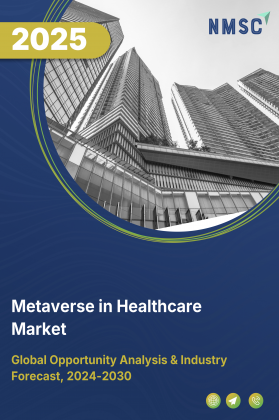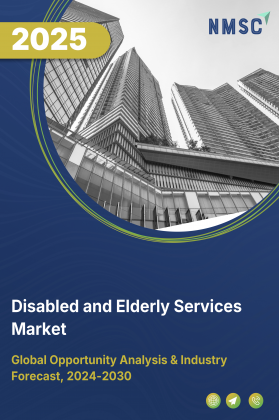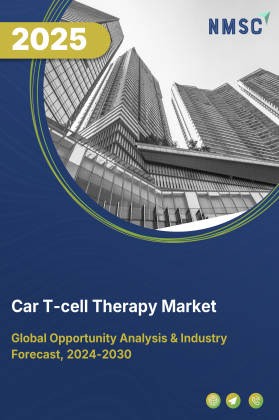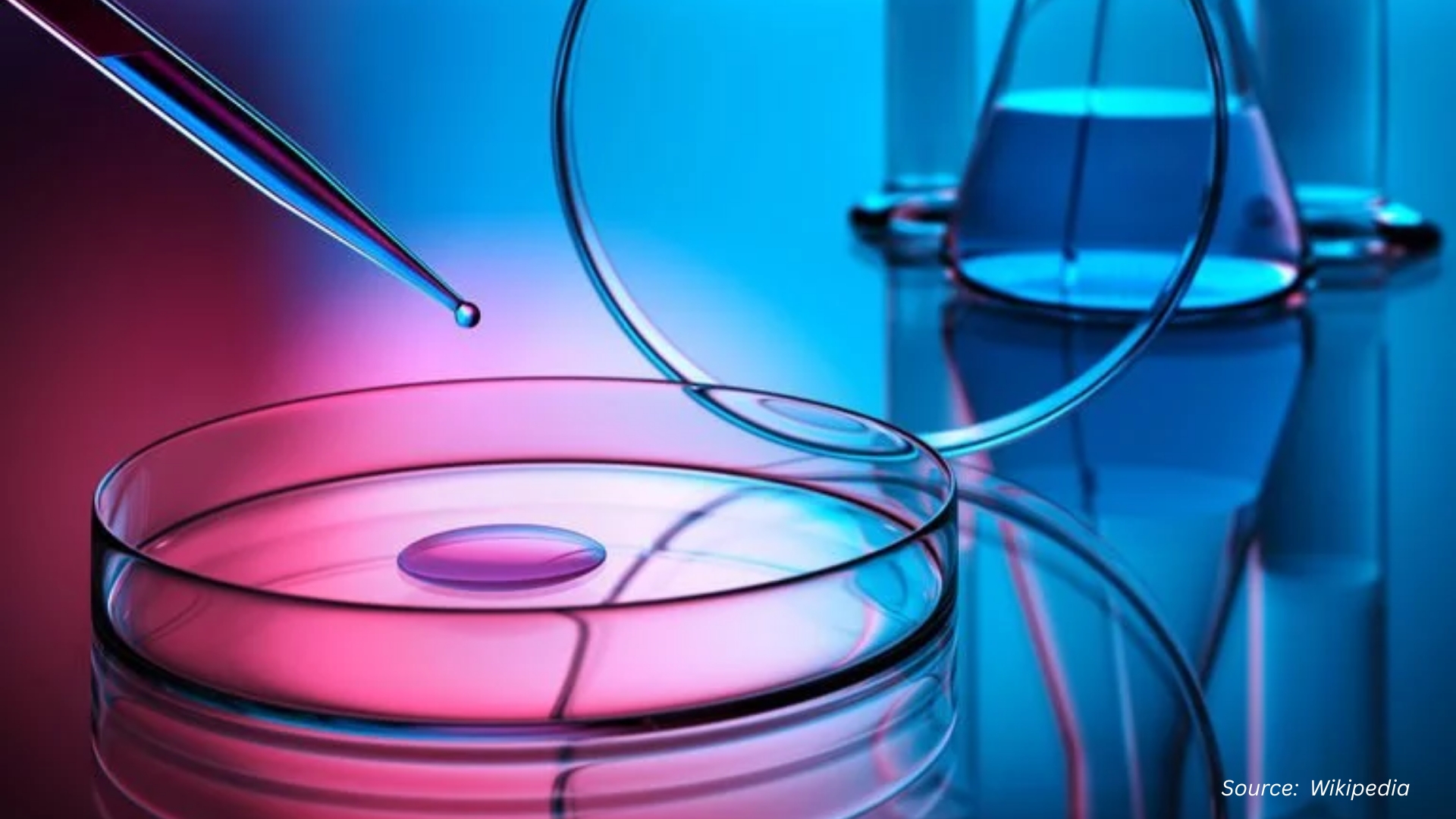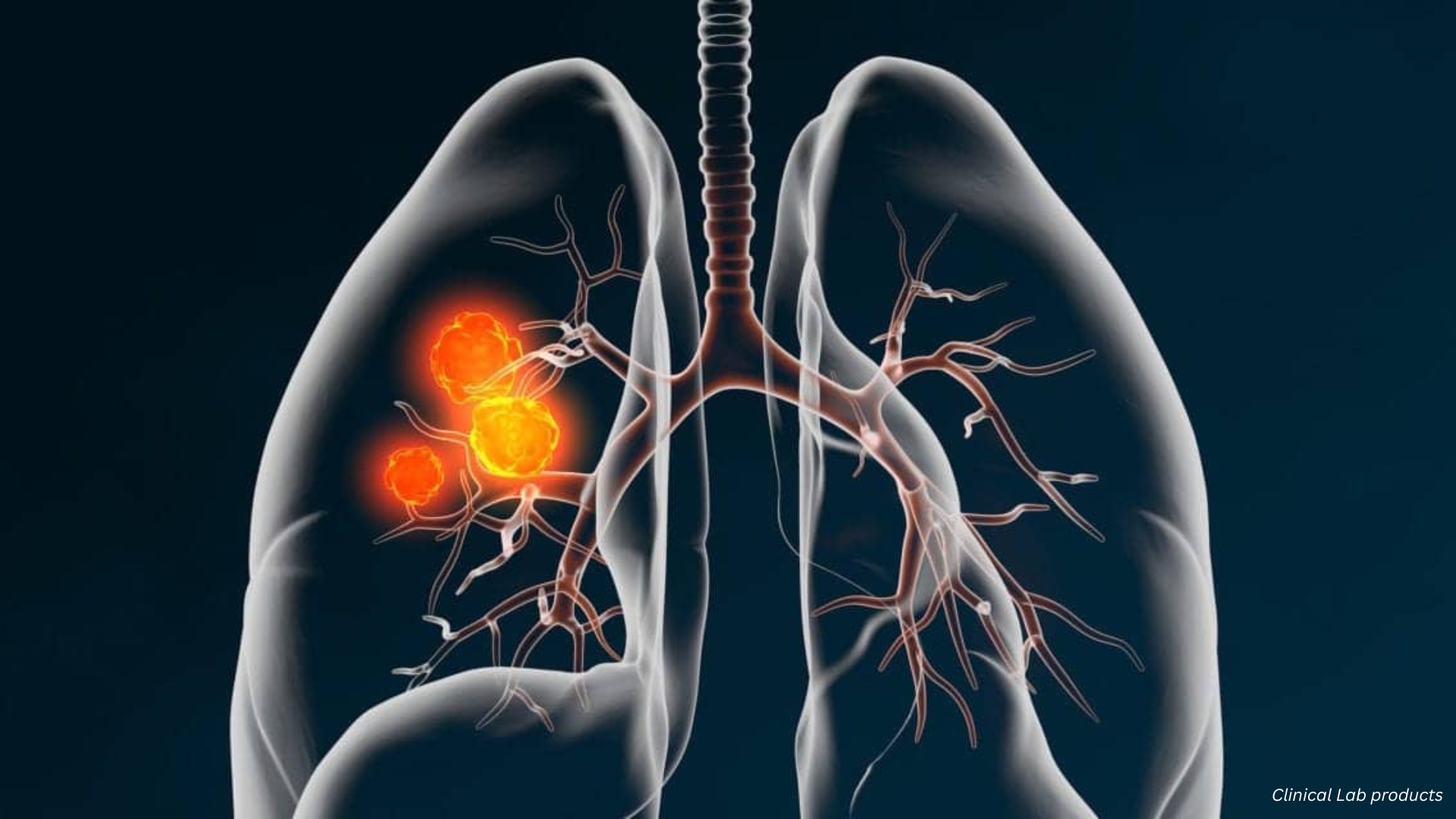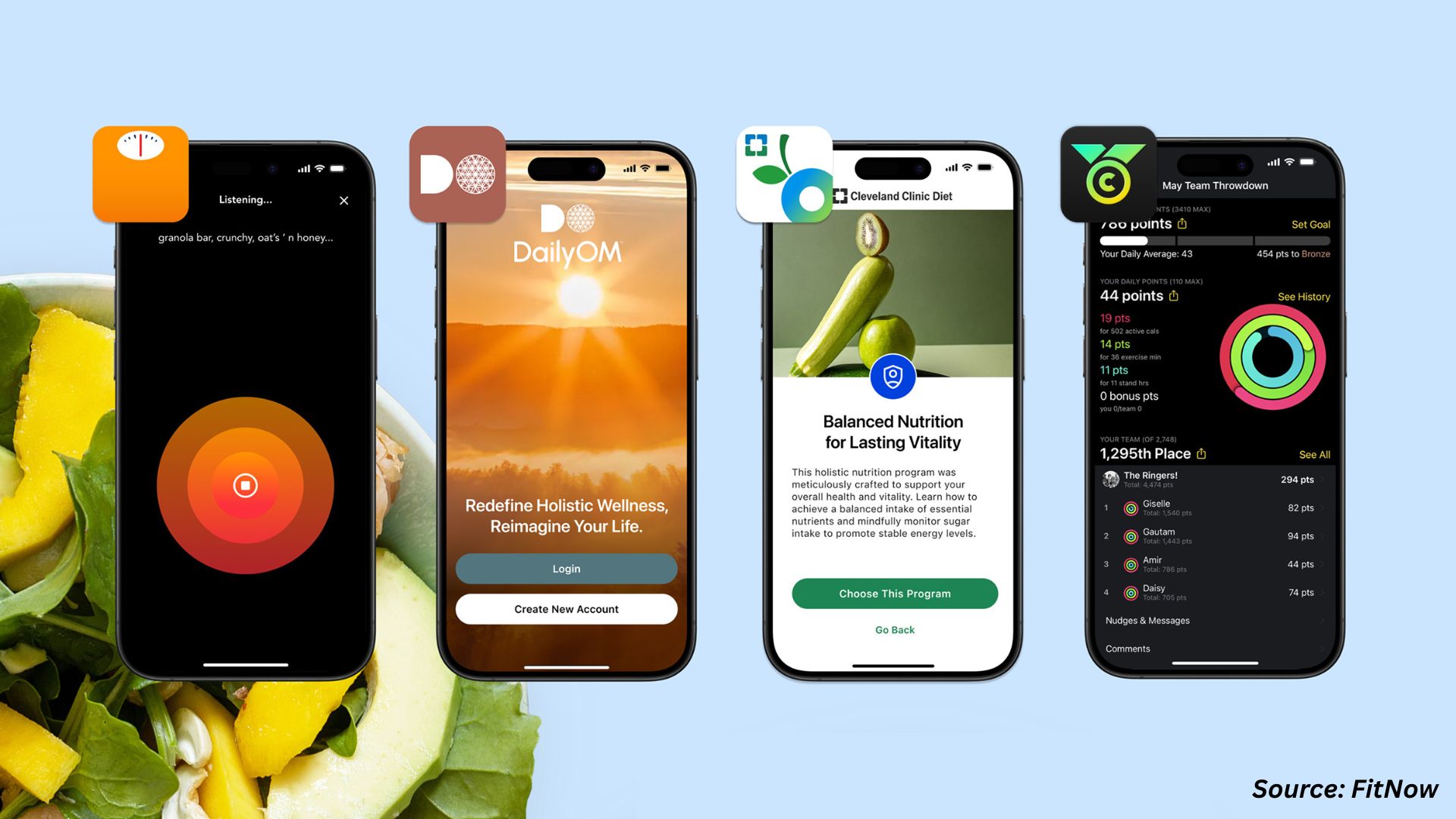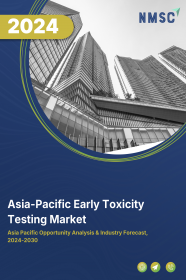
Asia-Pacific Early Toxicity Testing Market by Technique (In Vivo, In Vitro and In Silico), by Toxicity Endpoint (Genotoxicity, Dermal Toxicity, Skin Toxicity, Ocular Toxicity, Phototoxicity, and Others), and by End-User (Pharmaceutical Industry, Cosmetic Industry, Chemical Industry, Food Industry, and Others) – Opportunity Analysis and Industry Forecast, 2025–2030
Industry: Healthcare | Publish Date: 02-Jun-2025 | No of Pages: 217 | No. of Tables: 143 | No. of Figures: 88 | Format: PDF | Report Code : HC751
Industry Overview
The Asia-Pacific Early Toxicity Testing Market size was valued at USD 5.66 billion in 2024, and is predicted to reach USD 7.53 billion by 2030, at a CAGR of 4.8% from 2025 to 2030. The market is gaining momentum owing to the expansion of the pharmaceutical industry and the increasing prevalence of chronic diseases. These factors have led to a rising demand for advanced testing methods that enable early identification of potential toxic effects in drugs and other chemical products.
However, the high costs involved in adopting early toxicity testing, including the investment in advanced equipment and specialized personnel, remain a key restraint for many small and mid-sized enterprises. Despite this, the market is expected to grow substantially in the coming years, driven by technological advancements such as the integration of 3D cell culture models, which improve the accuracy and dependability of testing outcomes. These innovations not only help reduce the risks in clinical trials but also support non-animal testing methods, enhancing regulatory compliance and addressing ethical concerns. Leading companies are also engaging in various strategic initiatives to maintain their market position and accelerate the adoption of effective toxicity testing tools, thereby boosting overall market growth.
Expansion of Pharmaceutical Industry is Driving the Asia-Pacific Early Toxicity Testing Market Growth
The growth of pharmaceutical companies in the region is a key driver for the early toxicity testing market growth. Pharmaceutical companies all over the country are provided monetary benefits that help them implement advanced technologies. This boost in healthcare expenditure enables the development of advanced testing solutions that are adopted across the pharmaceutical industry. The increased financial resources lead to the widespread implementation of more efficient testing technologies that speed up drug development and ensure better safety evaluations. This dynamic ultimately propels the expansion of the market.
Increasing Prevalence of Chronic Diseases Drives the Asia-Pacific Early Toxicity Testing Market Demand
The widespread cases of people suffering from chronic diseases are a major driver for the market growth in Asia-Pacific. The people suffering from such diseases are more dependent on lifelong medications and support. To improve the quality of life and manage symptoms for this group of society, new drugs and therapies are being developed, keeping their special needs in mind. The adoption of specialized toxicity assessments tailored to the healthcare needs of these people is rising, fueling growth in the sector. These drug safety assessments are essential in ensuring that new drugs are both safe and effective before they are approved for public use, making them a critical component in the treatment of chronic conditions.
High Cost Associated with Early Toxicity Testing Hinders Market Growth
The substantial expenses involved in regulatory toxicology testing present a major obstacle to the Asia-Pacific early toxicity testing market expansion. These costs include the need for advanced equipment, frontline technology, and highly trained professionals, making it difficult for smaller companies and those in developing regions to participate.
Consequently, many businesses remain dependent on traditional, more affordable testing methods that are less effective and less ethical. This financial burden delays the transition to modern testing approaches, limiting the overall growth of the market. The challenge is further amplified in regions with constrained healthcare budgets, where organizations struggle to balance cost-efficiency with innovation in testing methodologies.
Introduction of Advanced Technologies is Anticipated to Propel Market Growth in the Future
The introduction of technologies, including 3D cell culture-based in vitro modeling, is set to unlock new growth opportunities for the Asia-Pacific early toxicity testing market trends shortly. 3D cell culture provides a more realistic simulation of tissue and organ structures, leading to more precise and trustworthy toxicity testing.
In contrast to traditional 2D models that do not accurately represent human tissue complexity, 3D cultures enable the interaction of multiple cell types, improving the prediction of toxic effects and reducing clinical trial risks. These models also support the shift toward non-animal testing approaches, aligning with global regulatory changes and ethical standards. As the accuracy and reproducibility of these technologies improve, their adoption is expected to expand, driving further growth of the early toxicity testing industry.
China Dominates the Asia-Pacific Early Toxicity Testing Market Share
The widespread case of people suffering from chronic diseases is a major driver for the market growth. The people suffering from such diseases are more dependent on lifelong medications and support. To improve the quality of life and manage symptoms for this group of society, new drugs and therapies are being developed, keeping their special needs in mind. The adoption of specialized toxicity assessments tailored to the healthcare needs of these people is rising, fueling growth in the early toxicity testing market.
Moreover, the growth of pharmaceutical companies that invest in the development of drugs is a major driver of the early toxicity testing industry in China. New drugs are tested during development for potential toxic chemicals that may be harmful to humans. Early detection of such toxins during drug development increases the efficacy of the drugs and helps to reduce cost and time consumption. The expansion of pharmaceutical industries increases the adoption of early drug safety evaluation methods, boosting industry growth. This trend is also supported by growing government interest in ensuring public safety and promoting the development of innovative healthcare solutions.
Thailand to Witness Substantial Growth in the Market
The expansion of the beauty and cosmetic industry in the country is a major driver of the early toxicity testing market. The rising beauty trends all over the country increase the need for new innovations in the field of cosmetics. This also increases the demand for products and ingredients that are free from toxic substances and are safer to use. The rise in investment made to manufacture toxin-free products requires advanced testing methods that boost market growth.
Moreover, the increasing demand for processed food in the country is a key driver of the early toxicity testing market. There is an increasing need to ensure product safety and meet regulatory requirements. The detection of potential hazards such as toxic residues and contaminants is emphasized by the manufacturers in their products. This effort to safeguard consumers, maintain quality standards, and comply with government policies while focusing on food safety supports the growth of the market in the country. These trends reflect a broader shift in consumer awareness and regulatory expectations, pushing companies to adopt more robust and reliable safety testing strategies.
Competitive Landscape
The promising players operating in the Asia-Pacific early toxicity testing industry include Merck KGaA, Laboratory Corporation of America Holdings, Medpace, Thermo Fisher Scientific, Eurofins Scientific, PerkinElmer, Inc., Bio-Rad Laboratories, Inc., Agilent Technologies, Inc., WuXi AppTec, Charles River Laboratories International, Inc., Premier Research, ICON plc, RayBiotech, Inc., Linical Co. Meditrial, SGS SA, and others.
Asia-Pacific Early Toxicity Testing Market Key Segments
By Technique
-
In Vivo
-
In Vitro
-
Cell Culture
-
PCR
-
ELISA
-
Western Blotting
-
Protein Binding Assays
-
-
In Silico
By Toxicity Endpoint
-
Genotoxicity
-
Dermal Toxicity
-
Skin Toxicity
-
Ocular Toxicity
-
Phototoxicity
-
Others
By End-User
-
Pharmaceutical Industry
-
Cosmetic Industry
-
Chemical Industry
-
Food Industry
-
Others
By Country
-
China
-
Japan
-
India
-
South Korea
-
Australia
-
Indonesia
-
Singapore
-
Taiwan
-
Thailand
-
Rest of Asia-Pacific
Key Players
-
Merck KGaA
-
Laboratory Corporation of America Holdings
-
Medpace
-
Thermo Fisher Scientific
-
Eurofins Scientific
-
PerkinElmer, Inc.
-
Bio-Rad Laboratories, Inc.
-
Agilent Technologies, Inc.
-
WuXi AppTec
-
Charles River Laboratories International, Inc.
-
Premier Research
-
ICON plc
-
RayBiotech, Inc.
-
Linical Co. Meditrial
-
SGS SA
REPORT SCOPE AND SEGMENTATION:
|
Parameters |
Details |
|
Market Size Value in 2024 |
USD 5.66 billion |
|
Revenue Forecast in 2030 |
USD 7.53 billion |
|
Value Growth Rate |
CAGR of 4.8% from 2024 to 2030 |
|
Analysis Period |
2024–2030 |
|
Base Year Considered |
2024 |
|
Forecast Period |
2025–2030 |
|
Market Size Estimation |
Million (USD) |
|
Growth Factors |
|
|
Companies Profiled |
15 |
|
Countries Covered |
10 |
|
Customization Scope |
Free customization (equivalent up to 80 working hours of analysts) after purchase. Addition or alteration to country, regional, and segment scope. |
|
Pricing and Purchase Options |
Avail customized purchase options to meet your exact research needs. |




















 Speak to Our Analyst
Speak to Our Analyst



